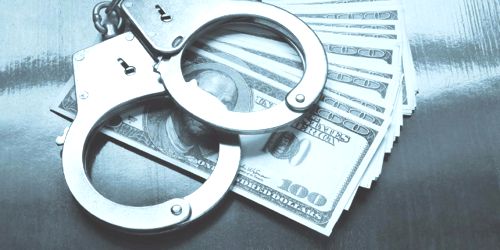Ways to Combat against Money Laundering
Money laundering is the process of transforming the proceeds of crime into ostensibly legitimate money or other assets. However, in a number of legal and regulatory systems, the term money laundering has become conflated with other forms of financial crime and sometimes used more generally to include misuse of the financial system, including terrorism financing and evasion of international sanctions. It is the procedure of creating the appearance that large amounts of money obtained from illegal movements, such as drug trafficking or terrorist action, originated from a legitimate source.
The ways to be taken by the Central Bank to combat against money laundering as follow:
- Collecting and analyzing the information about cash transaction over seven laces on doubtful transactions of the reporting institution.
- If it is sure that the transactions were selected with money laundering then the Central Bank should collect the information and report of the transaction.
- If any amount is (detected that is) deposited from committing any crime (if any reliable reason available) then the bank should seize the transaction of the account for maximum sixty days.
- In order to reduce money laundering the Central Bank should provide necessary guidelines to the reporting Firm time to time.
- To accomplish the mission any act that is needed to be performed.
- Banks should keep (know your customer) KYC forms.
- Bangladesh Bank should inspect whether the reporting firm was provided with the guidelines or not,
- Central Bank should call for seminars, meeting etc. to obtain the officer and/ or managers against money laundering.
- Anti-money-laundering refers to a set of procedures, laws, and regulations designed to stop the practice of generating income through illegal actions.















